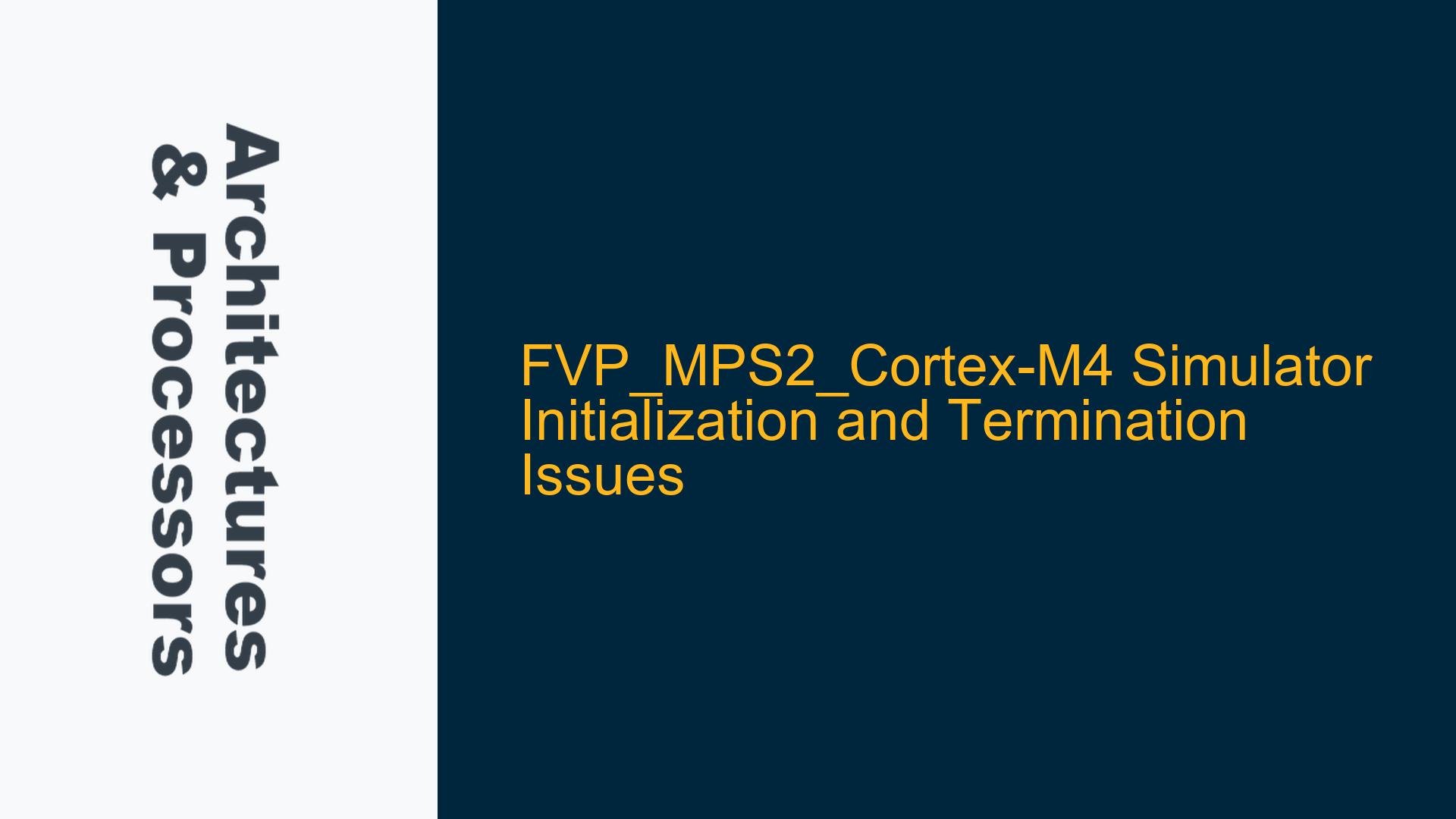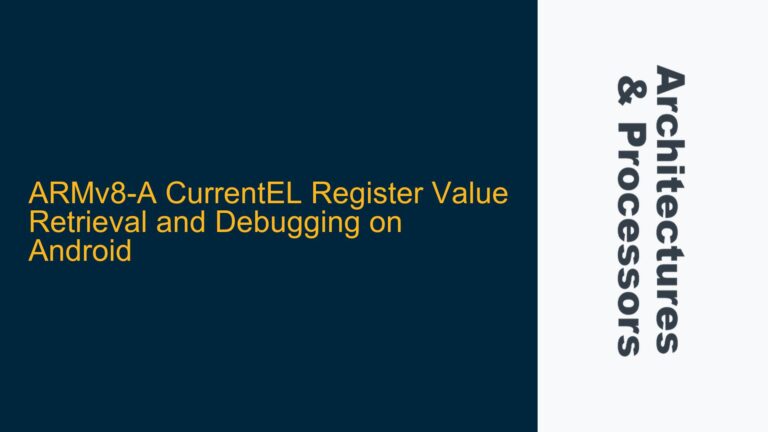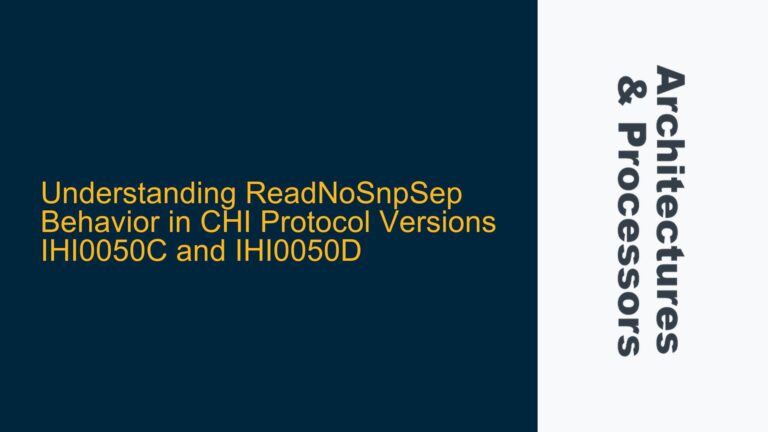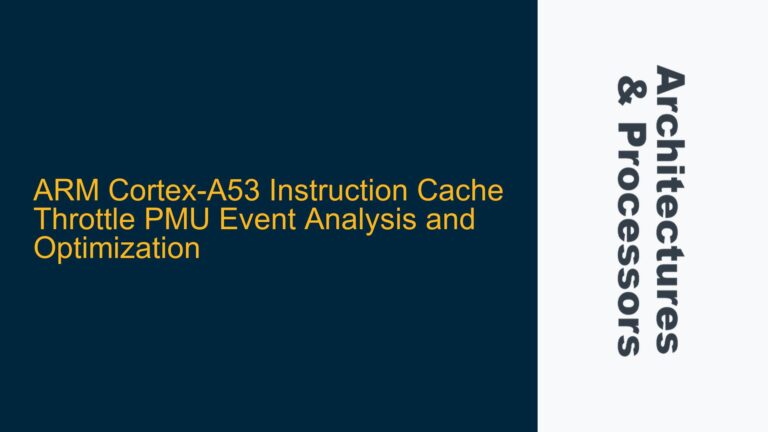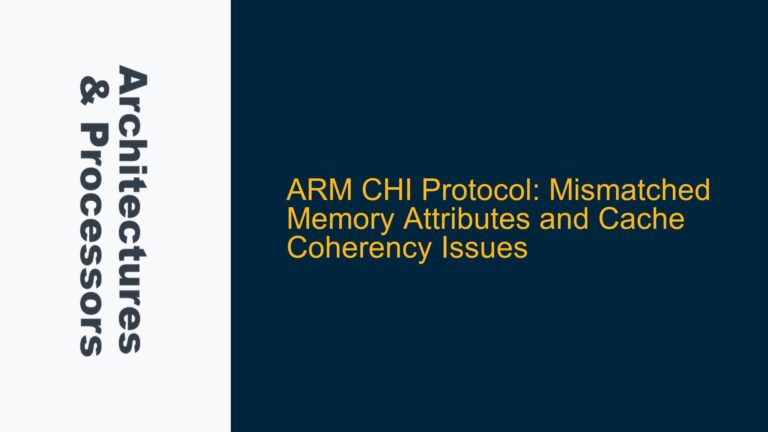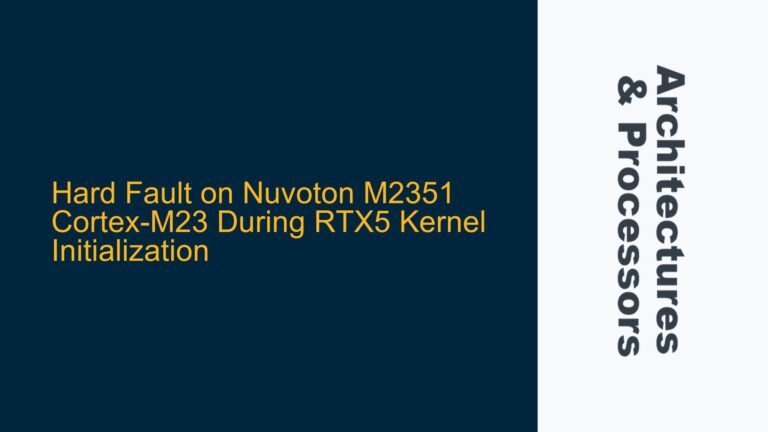FVP_MPS2_Cortex-M4 Simulator Crashes on CTRL-C Termination
The FVP_MPS2_Cortex-M4 simulator is a critical tool for developing and testing ARM Cortex-M4 based systems. However, users often encounter issues when terminating the simulation using CTRL-C, leading to simulator crashes and error messages such as "Fatal: simulation not properly initialized: did you forget to call scx_initialize()?" This issue is particularly prevalent when running simple programs or when no specific simulator startup code is included in the application. Understanding the root cause of this problem and implementing the correct initialization and termination procedures is essential for stable and reliable simulation runs.
The FVP_MPS2_Cortex-M4 simulator relies on a set of initialization routines to properly set up the simulation environment. These routines include the initialization of SystemC components, which are essential for the simulation’s operation. When the simulator is terminated abruptly using CTRL-C, the SystemC components may not be properly shut down, leading to the observed crashes. Additionally, the absence of explicit simulator startup code in the application can exacerbate this issue, as the simulator may not be fully initialized before the simulation begins.
SystemC Initialization and Improper Termination Handling
The primary cause of the FVP_MPS2_Cortex-M4 simulator crashes on CTRL-C termination is the improper handling of SystemC initialization and termination. The SystemC library, which underpins the FVP_MPS2_Cortex-M4 simulator, requires explicit initialization and shutdown routines to manage its internal state and resources. The scx_initialize() function is a critical part of this process, as it sets up the SystemC environment and prepares it for simulation. When this function is not called, the SystemC components remain uninitialized, leading to undefined behavior when the simulation is terminated.
Another contributing factor is the abrupt termination of the simulation using CTRL-C. While CTRL-C is a common way to stop running processes, it does not provide a graceful shutdown mechanism for the SystemC components. Instead, it forcibly terminates the simulation, leaving the SystemC environment in an inconsistent state. This can result in resource leaks, memory corruption, and other issues that manifest as simulator crashes.
The FVP_MPS2_Cortex-M4 simulator also relies on a set of command-line options to control its behavior, including simulation limits and cycle counts. These options can be used to define the duration of the simulation, allowing it to terminate gracefully without the need for manual intervention. However, when these options are not used, the simulation may run indefinitely, increasing the likelihood of an abrupt termination using CTRL-C.
Implementing Proper Initialization and Graceful Termination
To address the FVP_MPS2_Cortex-M4 simulator crashes on CTRL-C termination, it is essential to implement proper initialization and graceful termination procedures. The following steps outline the necessary actions to ensure stable and reliable simulation runs:
1. Including Simulator Startup Code in the Application
The first step is to ensure that the application includes the necessary simulator startup code. This code should call the scx_initialize() function at the beginning of the simulation to properly initialize the SystemC environment. The scx_initialize() function sets up the SystemC kernel, configures the simulation environment, and prepares the SystemC components for operation. Without this initialization, the SystemC components remain in an undefined state, leading to potential crashes and other issues.
In addition to calling scx_initialize(), the application should also include any other necessary initialization routines required by the FVP_MPS2_Cortex-M4 simulator. These routines may include setting up memory maps, configuring peripherals, and initializing the ARM Cortex-M4 core. By including these routines in the application, the simulator can be properly initialized before the simulation begins, reducing the likelihood of crashes and other issues.
2. Using Command-Line Options to Control Simulation Duration
To avoid the need for manual termination using CTRL-C, the FVP_MPS2_Cortex-M4 simulator provides command-line options to control the duration of the simulation. The --simlimit N option can be used to run the simulation for a specified number of seconds, while the --cyclelimit M option can be used to simulate a specified number of cycles. These options allow the simulation to terminate gracefully after the specified duration, without the need for manual intervention.
When using these command-line options, it is important to ensure that the simulation has sufficient time to complete its tasks. Setting the simulation limit too short may result in incomplete simulations, while setting it too long may increase the likelihood of an abrupt termination. By carefully selecting the appropriate simulation limit, the simulation can be allowed to run to completion without the need for manual termination.
3. Implementing Graceful Termination Procedures
In addition to using command-line options to control simulation duration, it is also important to implement graceful termination procedures within the application. These procedures should ensure that the SystemC components are properly shut down before the simulation terminates. This can be achieved by calling the scx_finalize() function at the end of the simulation, which cleans up the SystemC environment and releases any resources held by the SystemC components.
The scx_finalize() function should be called after the simulation has completed its tasks and before the application exits. This ensures that the SystemC components are properly shut down, reducing the likelihood of resource leaks and other issues. In addition to calling scx_finalize(), the application should also include any other necessary cleanup routines required by the FVP_MPS2_Cortex-M4 simulator. These routines may include deallocating memory, resetting peripherals, and shutting down the ARM Cortex-M4 core.
4. Handling CTRL-C Termination Gracefully
While the use of command-line options and graceful termination procedures can reduce the need for manual termination using CTRL-C, it is still important to handle CTRL-C termination gracefully. This can be achieved by installing a signal handler for the SIGINT signal, which is generated when CTRL-C is pressed. The signal handler should call the scx_finalize() function and perform any other necessary cleanup before exiting the application.
The signal handler should be installed at the beginning of the simulation, before the main simulation loop begins. This ensures that the signal handler is in place and ready to handle CTRL-C termination at any point during the simulation. By handling CTRL-C termination gracefully, the application can ensure that the SystemC components are properly shut down, even in the event of an abrupt termination.
5. Debugging and Verifying Simulation Initialization and Termination
Finally, it is important to thoroughly debug and verify the simulation initialization and termination procedures. This can be achieved by running the simulation with different configurations and observing its behavior. The simulation should be run with and without the scx_initialize() and scx_finalize() functions to verify their impact on the simulation’s stability. Additionally, the simulation should be run with different command-line options to ensure that the simulation limits are correctly applied and that the simulation terminates gracefully.
During the debugging process, it is important to monitor the simulation’s output and log files for any errors or warnings. These logs can provide valuable insights into the simulation’s behavior and help identify any issues with the initialization and termination procedures. By thoroughly debugging and verifying the simulation, any potential issues can be identified and addressed before they lead to crashes or other problems.
Conclusion
The FVP_MPS2_Cortex-M4 simulator is a powerful tool for developing and testing ARM Cortex-M4 based systems. However, improper initialization and termination procedures can lead to simulator crashes and other issues. By implementing proper initialization and graceful termination procedures, including the use of command-line options and signal handlers, the stability and reliability of the simulation can be significantly improved. Additionally, thorough debugging and verification of the simulation’s behavior can help identify and address any potential issues before they lead to crashes or other problems. By following these steps, users can ensure that their simulations run smoothly and reliably, even in the event of an abrupt termination.
